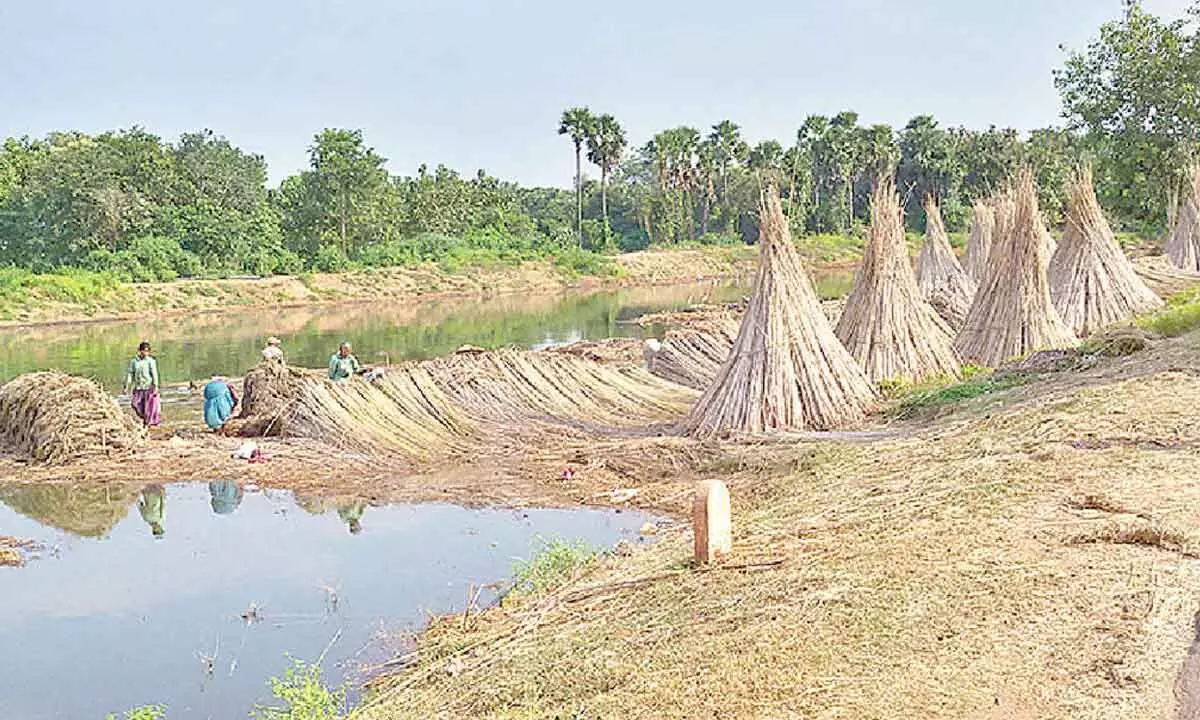Live
- Indian-origin Sunita Williams undertakes spacewalk after 12 years
- Blackmailed by close relative over nude photos, Bengaluru techie commits suicide
- Seat-sharing arrangement in Bihar has already been finalised: BJP to Jitan Ram Manjhi
- Congress files application in SC supporting Places of Worship Act, 1991
- Cabinet approves setting up of 8th Pay Commission for Central Govt staff, pensioners
- Rahul Gandhi a fool, says Rajasthan BJP in-charge on his treason remarks against RSS Chief
- BJP demands Rahul's apology after Hindenburg announces shutting down operations
- Discover the Legacy of Bhagmati, Hyderabad’s Lost Queen, in New Book
- Hyderabad Startup Introduces Custom Dog Spaces with Barkitecture
- India’s home sales jump 11 pc to all-time high of 3.03 lakh units in 2024: JLL









